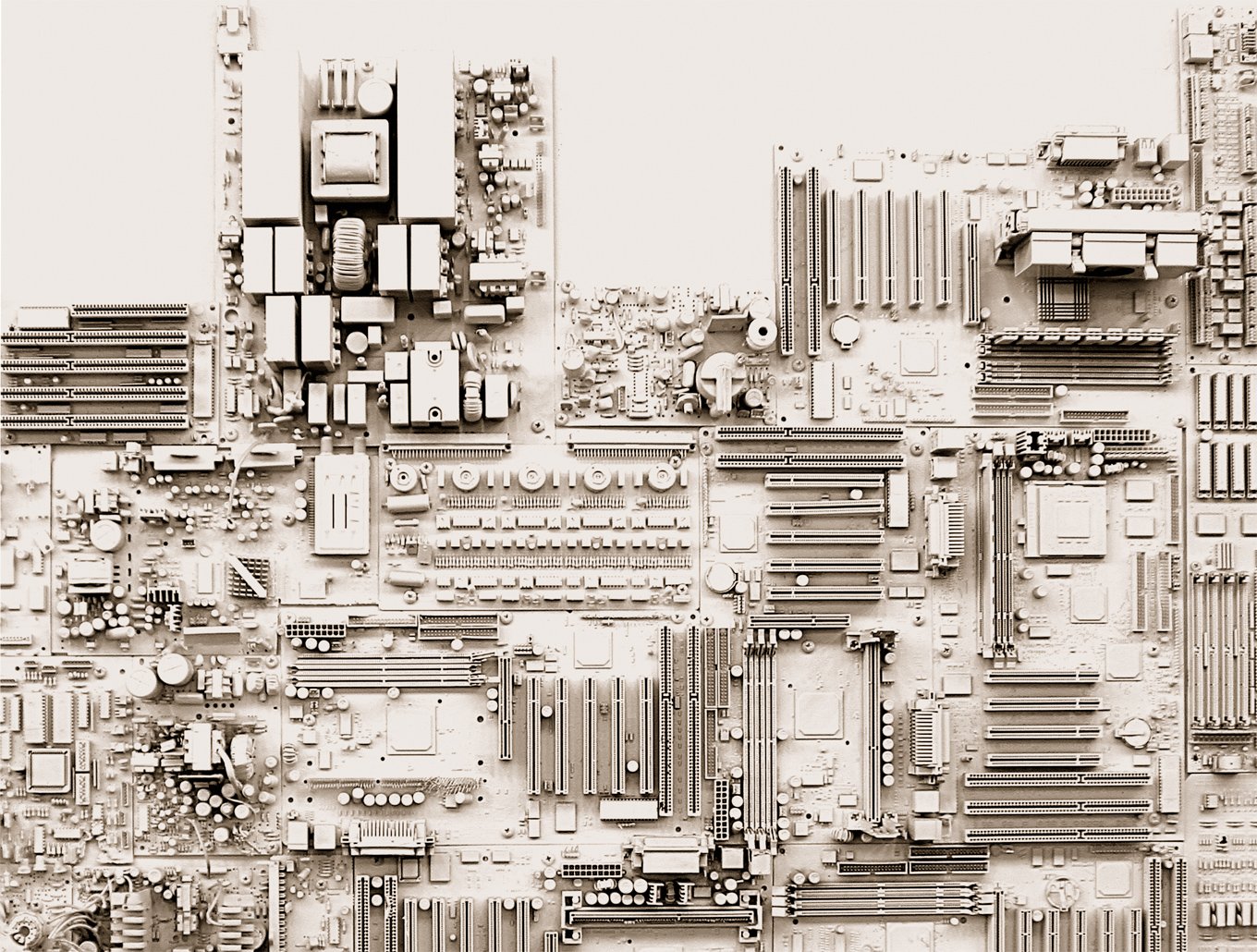[Book] A City Is Not a Computer

A City Is Not a Computer: Other Urban Intelligences
Shannon Mattern
Princeton University Press, August 2021
200 pages
A bold reassessment of “smart cities” that reveals what is lost when we conceive of our urban spaces as computers
Computational models of urbanism—smart cities that use data-driven planning and algorithmic administration—promise to deliver new urban efficiencies and conveniences. Yet these models limit our understanding of what we can know about a city. A City Is Not a Computer reveals how cities encompass myriad forms of local and indigenous intelligences and knowledge institutions, arguing that these resources are a vital supplement and corrective to increasingly prevalent algorithmic models.
Shannon Mattern begins by examining the ethical and ontological implications of urban technologies and computational models, discussing how they shape and in many cases profoundly limit our engagement with cities. She looks at the methods and underlying assumptions of data-driven urbanism, and demonstrates how the “city-as-computer” metaphor, which undergirds much of today’s urban policy and design, reduces place-based knowledge to information processing. Mattern then imagines how we might sustain institutions and infrastructures that constitute more diverse, open, inclusive urban forms. She shows how the public library functions as a steward of urban intelligence, and describes the scales of upkeep needed to sustain a city’s many moving parts, from spinning hard drives to bridge repairs.
Incorporating insights from urban studies, data science, and media and information studies, A City Is Not a Computer offers a visionary new approach to urban planning and design.
Shannon Mattern is a columnist for Places. She is a professor of anthropology at The New School in New York City. Mattern’s research and teaching address how the forms and materialities of media are related to the spaces (architectural, urban, and conceptual) they create and inhabit. Her writing and teaching focus on archives, libraries, and other media spaces; media infrastructures; spatial epistemologies; and mediated sensation and exhibition. I’m the author of three books: The New Downtown Library: Designing with Communities; Deep Mapping the Media City; and Code and Clay, Dirt and Data: 5000 Years of Urban Media, all published by University of Minnesota Press.



